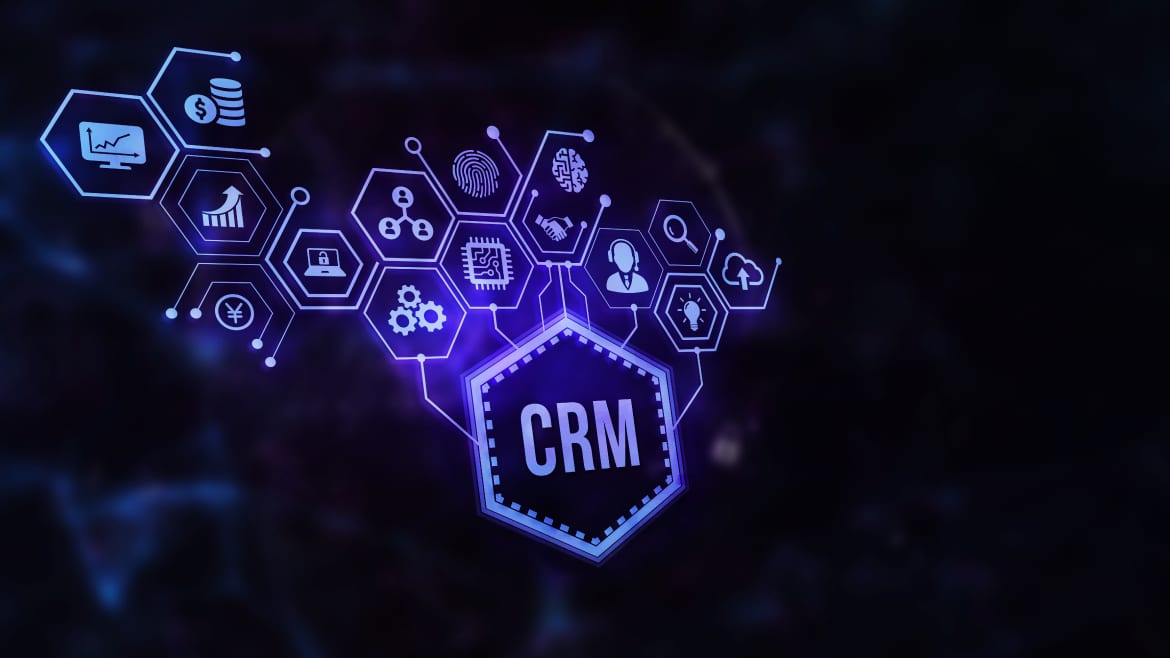In the constantly changing and challenging contemporary business realm, the integration of Customer Relationship Management (CRM) software emerges as a potent force, reshaping organizational dynamics. From refining communication channels to empowering data-driven decision-making, this exploration sheds light on how CRM software integration not only optimizes operational efficiency but also propels businesses toward a customer-centric approach, catalyzing sustainable growth in a dynamic marketplace. In this article, we will delve into the transformative capabilities of CRM software integration and its profound influence on businesses. As always, prepare your preferred drink of choice, and let’s get started.
The Fundamentals of CRM Software Integration
The fundamentals of CRM software integration lay the groundwork for businesses seeking to enhance efficiency and elevate customer engagement. This involves understanding and implementing key principles, such as seamless data synchronization and cross-functional collaboration. By delving into these aspects, organizations can strategically leverage CRM software integration to streamline operations and cultivate stronger, more meaningful relationships with their customers.
What is CRM Software Integration?
CRM software integration refers to the process of seamlessly incorporating Customer Relationship Management tools into an organization’s existing systems and workflows. It involves connecting CRM software with different departments, applications, and data sources to create a centralized and broad view of customer interactions. The goal is to break down silos inside the company, helping various teams to use and share relevant data effortlessly. Integrating CRM software helps organizations to make data-driven decisions, improve customer relationships, and ultimately achieve greater operational efficiency.
From Traditional to Integrated CRM Systems
The transition from traditional to integrated CRM systems is a substantial shift in how organizations approach and optimize customer relationships. Traditional CRM systems are operated in isolation, focusing on specific aspects of customer interactions. Integrated CRM systems, on the other hand, seamlessly combine various components, linking customer data across departments and touchpoints. This evolution moves beyond fragmented data storages, fostering a comprehensive understanding of customer interactions and enabling more effective organizational responses.
Benefits of CRM Software Integration
The benefits of CRM software integration are multifaceted and integral to modern business optimization. By streamlining communication and collaboration it ensures a unified customer interaction approach. Furthermore, seamlessly connecting disparate systems and streamlining data flows, integration enhances operational efficiency, allowing organizations to respond more effectively to customer needs. This cohesive data flow enhances decision-making, supports internal processes and communication, and automates tasks, therefore boosting operational efficiency. The transformative power of CRM software integration lies in its ability to optimize operations, elevate customer engagement, and position businesses for sustained growth in today’s dynamic and competitive marketplace.
H3: Enhancing Customer Relationships and Experience
By consolidating customer data from various touchpoints and departments into a unified platform, integration enables organizations to gain a comprehensive understanding of each customer’s journey. This holistic view empowers businesses to deliver personalized interactions, anticipate needs, and tailor offerings accordingly, thereby fostering stronger and more meaningful relationships. Moreover, integration facilitates seamless communication across teams, ensuring consistent and coordinated engagement with customers. This results in increased customer satisfaction, loyalty, and advocacy, ultimately driving business growth and success.
Supporting Internal Processes and Communication
CRM Integration facilitates the flow of information across the entire business ecosystem. This streamlined communication enhances collaboration among teams and fosters a more cohesive work environment. Automated workflows and centralized data repositories eliminate redundancies, reducing manual efforts and enhancing overall operational efficiency. The result is a more synchronized and responsive organizational structure that can adapt swiftly to evolving customer needs.
Real-Time Reporting and Analysis
CRM integration services provide organizations with the ability to generate up-to-the-minute reports and analytics. This real-time insight empowers decision-makers to make informed, data-driven choices promptly. It increases agility and responsiveness, allowing businesses to adapt swiftly to changing market trends and customer preferences. Moreover, the ability to access current and accurate data promotes a deeper understanding of customer behavior, enabling organizations to refine strategies and campaigns for maximum impact.
Overcoming Challenges in CRM and ERP Integration
Integrating Customer Relationship Management (CRM) and Enterprise Resource Planning (ERP) systems can be a transformative initiative for businesses, yet it comes with its set of challenges. Overcoming these hurdles requires a strategic approach and meticulous planning.
Identifying and Addressing Common Obstacles
One key challenge lies in reconciling the differences in data structures and formats between CRM and ERP systems. This necessitates a thorough understanding of the specific requirements of each system and the development of effective data mapping strategies.
Additionally, ensuring seamless communication between different platforms demands robust integration tools and technologies. Managing the complexity of merging two critical systems also involves addressing potential resistance from employees who may need to adapt to new workflows and processes.
Current Trends
Several trends are shaping the current landscape of CRM integration. Firstly, there is a pronounced shift towards cloud-based CRM solutions, offering greater flexibility and scalability. Integration with artificial intelligence (AI) and machine learning (ML) is gaining prominence, enabling businesses to extract meaningful insights and automate processes. Mobile CRM integration is also on the rise, reflecting the increasing need for accessibility and real-time data on the go. Moreover, the emphasis on seamless cross-platform integration, connecting CRM systems with various business applications, is a notable trend. Additionally, the focus on cybersecurity and data privacy has intensified, with businesses prioritizing secure integration processes.
As organizations strive for a more connected and data-driven approach, these trends underscore the dynamic and evolving nature of CRM software integration in the contemporary business world.


